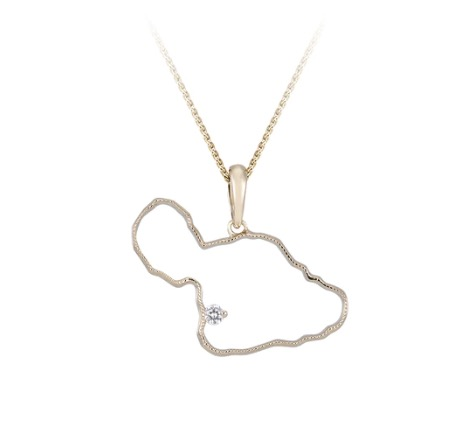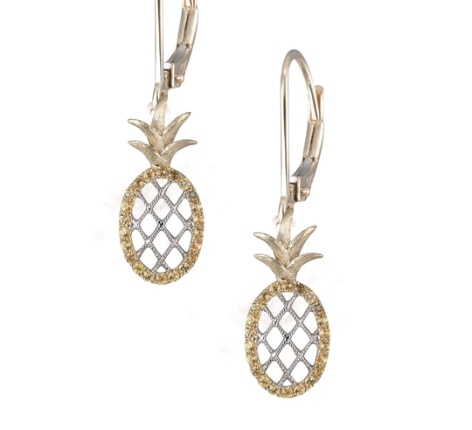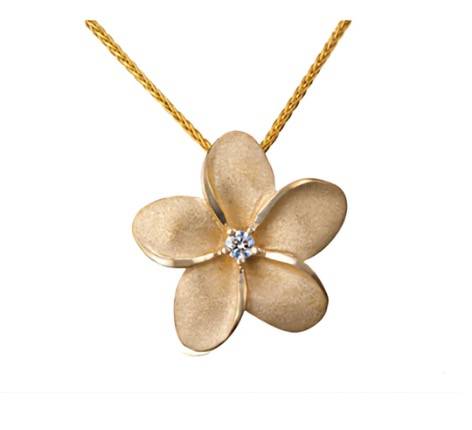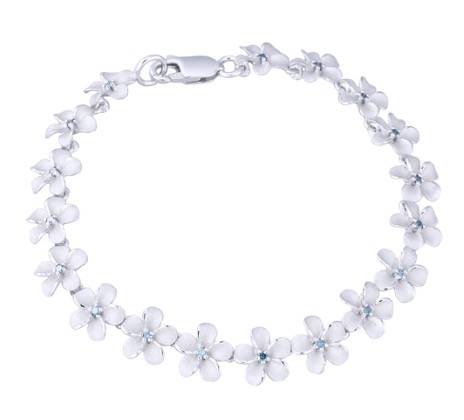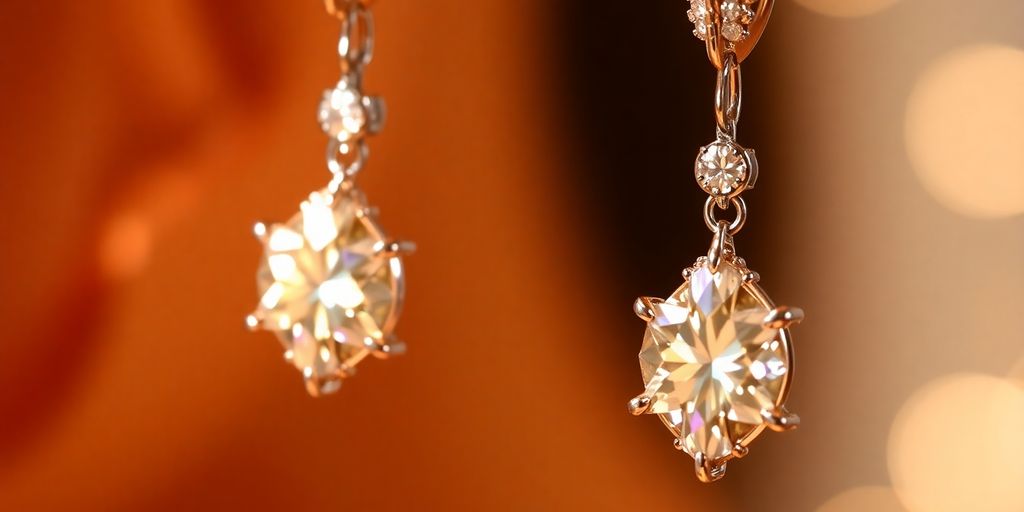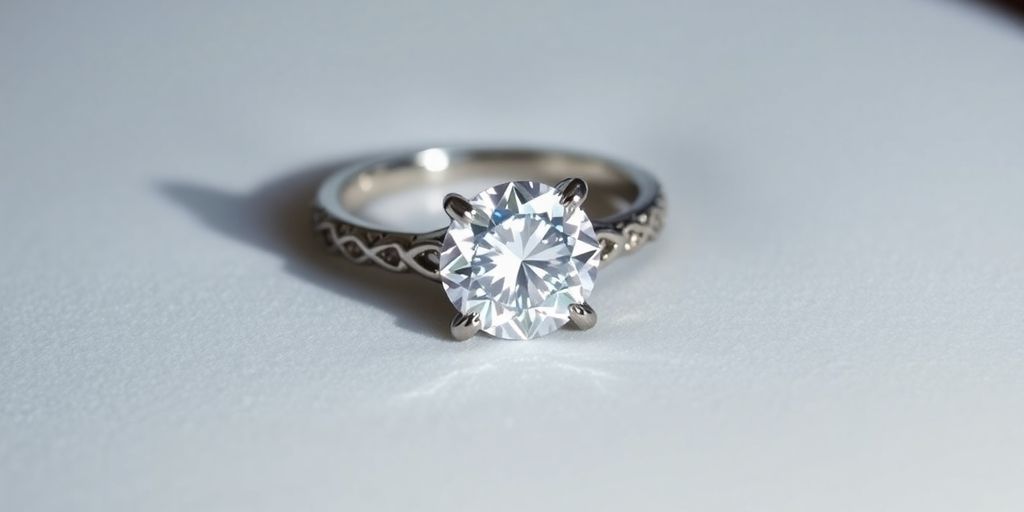Shop in these collections
Hawaiian bracelet ties are a unique and beautiful piece of jewelry that has been a part of Hawaiian culture for centuries. These bracelets are traditionally worn by both men and women as a symbol of love, friendship, and commitment. The history of Hawaiian bracelets can be traced back to the early 1800s when sailors and traders first introduced metalworking to the islands. Today, Hawaiian bracelets continue to be a popular accessory, both in Hawaii and around the world.
The Unique Style and Beauty of Hawaiian Bracelets
Hawaiian bracelets are known for their intricate design and attention to detail. These bracelets are typically made from precious metals, such as gold and silver, and are adorned with precious stones, such as diamonds and pearls. The design of Hawaiian bracelets is inspired by the natural beauty of Hawaii, featuring motifs such as flowers, waves, and sea creatures. The result is a piece of jewelry that is both elegant and unique.
Significance of Hawaiian Bracelet Ties in Hawaiian Culture
For Hawaiians, bracelet ties hold a special significance. These bracelets are often given as gifts to mark important occasions, such as weddings, graduations, and birthdays. They are also worn as a symbol of pride in Hawaiian culture and heritage. In addition, Hawaiians believe that wearing a bracelet tie brings good luck and fortune.
Types of Hawaiian Bracelet Ties
There are several types of Hawaiian bracelet ties, each with its own unique style and design. Here are the most common types:
Traditional Hawaiian Bracelet Tie
The traditional Hawaiian bracelet tie is a simple yet elegant design that features a single band of precious metal. The band is typically engraved with a Hawaiian motif, such as a flower or wave, and is often adorned with a single gemstone. This type of bracelet tie is perfect for those who prefer a classic, understated look.
Modern Hawaiian Bracelet Tie
The modern Hawaiian bracelet tie is a more elaborate design that features multiple bands of precious metal. These bands are often intertwined to create a unique and intricate pattern. The modern Hawaiian bracelet tie is perfect for those who prefer a bold and eye-catching look.
Customized Hawaiian Bracelet Tie
For those who want a truly one-of-a-kind piece of jewelry, a customized Hawaiian bracelet tie is the way to go. With a customized bracelet tie, you can choose the metal, stones, and design that best suits your style and personality. A customized Hawaiian bracelet tie is the perfect way to express your individuality.
Materials Used in Hawaiian Bracelets
Hawaiian bracelets are typically made from precious metals, such as gold and silver, and are adorned with precious stones, such as diamonds and pearls. These materials are chosen for their durability, beauty, and value. Here are the most common materials used in Hawaiian bracelets:
Gold and Diamonds in High-End Hawaiian Jewelry
High-end Hawaiian jewelry, such as the pieces sold by Dolphin Galleries, are often made from 14k or 18k gold and are adorned with diamonds, pearls, and other precious stones. These materials are chosen for their beauty, durability, and value. Gold and diamonds are also a symbol of luxury and prestige, making them the perfect choice for high-end Hawaiian jewelry.
Alternative Materials for Hawaiian Bracelets
For those who prefer a more affordable option, there are alternative materials available for Hawaiian bracelets. These materials include silver, stainless steel, and even leather. While these materials may not have the same value as gold and diamonds, they can still be beautiful and stylish.
How to Tie a Hawaiian Bracelet
Tying a Hawaiian bracelet can be a bit tricky, but with a little practice, anyone can do it. Here are step-by-step guides for tying a traditional Hawaiian bracelet and a modern Hawaiian bracelet:
Step-by-Step Guide to Tying a Traditional Hawaiian Bracelet
- Measure your wrist to determine the length of the bracelet.
- Wrap the bracelet around your wrist, with the engraved side facing up.
- Overlap the ends of the bracelet, making sure it fits snugly but not too tight.
- Use pliers to twist the ends of the bracelet together.
- Tuck the twisted ends under the bracelet.
Step-by-Step Guide to Tying a Modern Hawaiian Bracelet
- Measure your wrist to determine the length of the bracelet.
- Wrap the first band of the bracelet around your wrist, with the engraved side facing up.
- Wrap the second band of the bracelet around your wrist, with the engraved side facing down.
- Overlap the ends of the bracelet, making sure it fits snugly but not too tight.
- Use pliers to twist the ends of the bracelet together.
- Tuck the twisted ends under the bracelet.
Tips for Tying the Perfect Hawaiian Bracelet
Here are some tips for tying the perfect Hawaiian bracelet:
Choosing the Right Length for Your Hawaiian Bracelet
When choosing a Hawaiian bracelet, it's important to get the right length. A bracelet that is too tight will be uncomfortable to wear, while a bracelet that is too loose may fall off. To get the right length, measure your wrist and add about half an inch to allow for movement.
Ensuring a Secure Knot for Your Hawaiian Bracelet Tie
It's important to ensure a secure knot when tying your Hawaiian bracelet. Use pliers to twist the ends of the bracelet together tightly, and tuck the ends under the bracelet to prevent them from coming undone.
Caring for Your Hawaiian Bracelet
Hawaiian bracelets are precious pieces of jewelry that require proper care to maintain their shine and luster. Here are some tips for caring for your Hawaiian bracelet:
Maintaining the Shine and Luster of Your Gold and Diamond Hawaiian Bracelet
To maintain the shine and luster of your gold and diamond Hawaiian bracelet, avoid exposing it to harsh chemicals, such as chlorine and bleach. Clean your bracelet regularly with a soft cloth and warm, soapy water, and have it professionally cleaned and polished every few years.
Preventing Damage to Your Hawaiian Bracelet Tie
To prevent damage to your Hawaiian bracelet tie, avoid wearing it while doing activities that can cause it to get caught or snagged, such as gardening or playing sports. Store your bracelet in a safe place when not in use, and avoid exposing it to extreme temperatures or humidity.
Why Choose High-End Hawaiian Jewelry from Dolphin Galleries
When it comes to high-end Hawaiian jewelry, Dolphin Galleries is the clear choice. Here's why:
Quality and Craftsmanship in Dolphin Galleries' Hawaiian Jewelry
At Dolphin Galleries, we pride ourselves on the quality and craftsmanship of our Hawaiian jewelry. Each piece is expertly crafted by skilled artisans using the finest materials available. Our gold and diamond Hawaiian bracelets are a true work of art, designed to last a lifetime.
The Dolphin Galleries Difference: A Commitment to Hawaiian Culture and Art
At Dolphin Galleries, we are committed to preserving Hawaiian culture and art. We work closely with local artisans to create unique and authentic pieces of jewelry that reflect the beauty and spirit of Hawaii. When you buy a piece of high-end Hawaiian jewelry from Dolphin Galleries, you can be sure that it is an authentic and meaningful piece of art.
Conclusion: Embrace the Beauty of Hawaiian Bracelet Ties
Hawaiian bracelet ties are a unique and beautiful piece of jewelry that have been a part of Hawaiian culture for centuries. Whether you prefer a simple, traditional design or a bold, modern look, there is a Hawaiian bracelet tie for everyone. With proper care and maintenance, your Hawaiian bracelet tie will be a cherished piece of jewelry that will last a lifetime. So why not embrace the beauty of Hawaiian bracelet ties and add one to your jewelry collection today?
FAQs
1. What is the significance of a Hawaiian bracelet tie?
Hawaiian bracelet ties are often given as gifts to mark important occasions, such as weddings, graduations, and birthdays. They are also worn as a symbol of pride in Hawaiian culture and heritage. In addition, Hawaiians believe that wearing a bracelet tie brings good luck and fortune.
2. What materials are used in high-end Hawaiian jewelry?
High-end Hawaiian jewelry, such as the pieces sold by Dolphin Galleries, are often made from 14k or 18k gold and are adorned with diamonds, pearls, and other precious stones. These materials are chosen for their beauty, durability, and value.
3. How do I care for my Hawaiian bracelet?
To care for your Hawaiian bracelet, avoid exposing it to harsh chemicals, such as chlorine and bleach. Clean your bracelet regularly with a soft cloth and warm, soapy water, and have it professionally cleaned and polished every few years.
4. What is the difference between a traditional and a modern Hawaiian bracelet tie?
A traditional Hawaiian bracelet tie is a simple yet elegant design that features a single band of precious metal, while a modern Hawaiian bracelet tie is a more elaborate design that features multiple bands of precious metal.
5. Why should I choose high-end Hawaiian jewelry from Dolphin Galleries?
At Dolphin Galleries, we pride ourselves on the quality and craftsmanship of our Hawaiian jewelry. Each piece is expertly crafted by skilled artisans using the finest materials available. Our gold and diamond Hawaiian bracelets are a true work of art, designed to last a lifetime. In addition, we are committed to preserving Hawaiian culture and art, so you can be sure that your piece of high-end Hawaiian jewelry is an authentic and meaningful piece of art.


